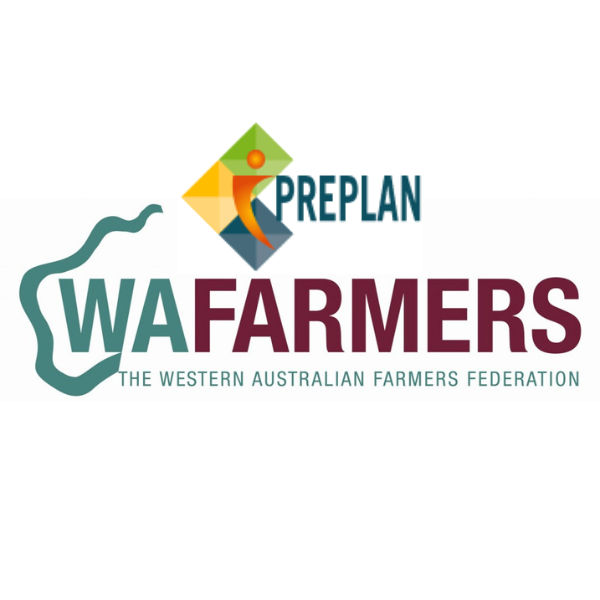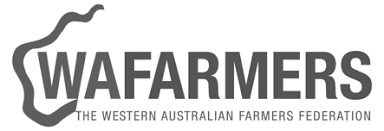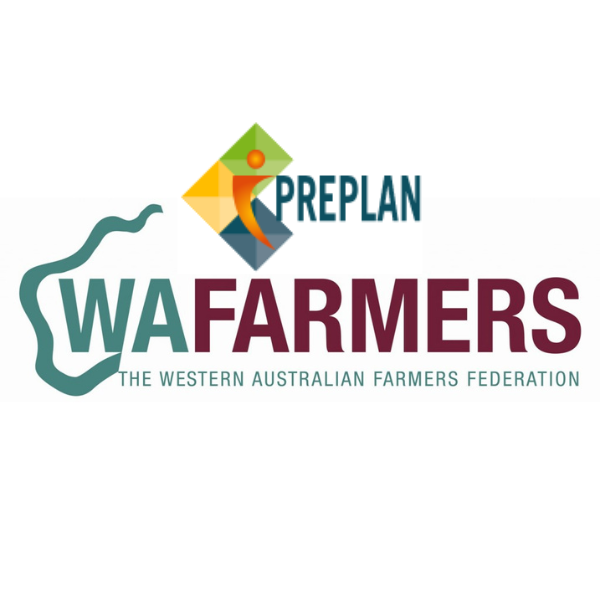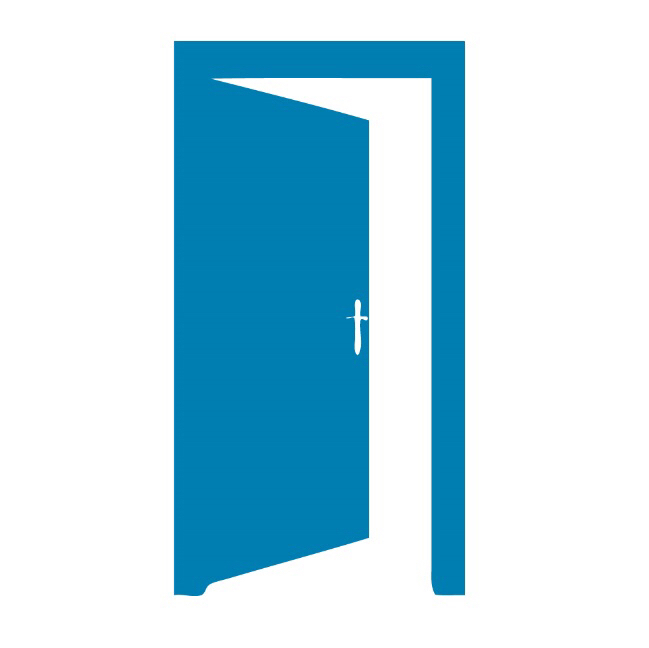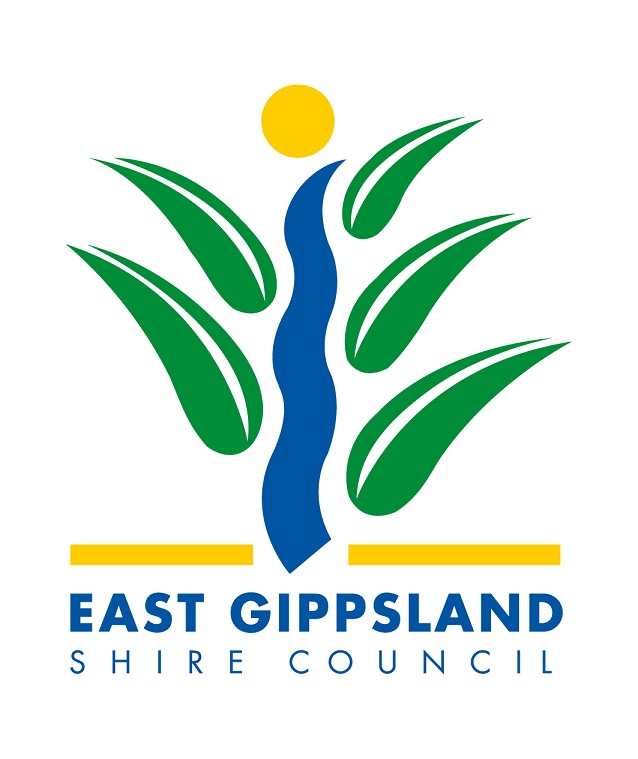Information
-
Audit Title
-
Client / Site
-
Description of plant
-
Make and Model of Plant
-
Asset ID (If applicable)
-
Conducted on
-
Prepared by
-
Location
-
Personnel
-
References - Work Health and Safety Act 2020, Work Health and Safety (General) Regulations 2022, Worksafe WA guides & Publications, Farmsafe Australia, Australian Centre for Agriculture Health and Safety, University of Sydney and other relevant documentation available across Australia.
Disclaimer - The information provided in this document is not a service as provided by Section 26A Work Health and Safety Act 2020 and can only assist you in the most general way. This document does not replace your statutory requirement or legislation obligations under any relevant state and territory legislation that you are responsible for. WAFarmers or Preplan Pty Ltd is not liable in any form resulting from any action taken or reliance made by you on the information or material contained in this document which is of a general nature. Before relying on the material, users should carefully make their own assessment as to its accuracy, currency, completeness and relevance for their purposes, and should obtain own independent legal advice relevant to their particular circumstances. Notwithstanding anything contained therein, WAFarmers or Preplan Pty Ltd will not except or be liable in any form for any loss or other consequences (whether or not due to the negligence of the consultants, their servants or agents) arising out of the services rendered by the consultants. This document is copyright© to WAFarmers and Preplan Pty Ltd in all forms and aspects.
1.0 Plant condition and Guarding
-
1.1 Are all moving parts (belts, pulleys, sprockets, chains and shafts that could expose workers to machinery entanglement, adequately guarded?
-
1.2 Are operator manuals available for the machine?
-
1.3 Are all fittings clean and in working order (Lights, reflectors, windscreens, rear-view mirrors, etc....)
-
1.4 Are operators able to adjust the seat to their individual requirements?
-
1.5 Is the exhaust system functional to protect the operator from noise and exhaust gas fumes?
-
1.6 Are steps and hand rails on plant adequate and situated to allow safe access and egress?
-
1.7 Are hydraulic hoses and fittings in good condition with no leaks?
-
1.8 Are PTO master shields, shaft and PIC guards in place and good order and condition?
-
1.9 Is the machine/plant located out of high volume traffic areas, while still allowing access for plant to load and unload if required?
-
1.10 Are all instruments and gauges functional and in good working order?
-
1.11 Are all brake and steering systems functional and within safe operating limits?
-
1.12 Are all lock-out and limit switches in good working order and fitted where necessary?
-
1.13 Are there Safe Working Load (SWL) limits displayed on material handling plant such as fork-lifts and cranes?
-
1.14 Is pant and equipment fitted with tag-out systems and physical lock-out mechanisms; that prevent the accidental energising or starting of plant and machinery when maintenance or repairs is being performed?
2.0 Hazard Protection and Adminstrative Controls
-
2.1 Is suitable hearing protection available if noise levels exceed a safe threshold level?
-
2.2 Is suitable eye protection available if required?
-
2.3 Have workers (relevant operators) been inducted into the safe operating procedures for the machine or plant?
-
2.4 Are there first-aid kits available to operators in the work environment?
-
2.5 Are there trained first-aid persons available in the workplace?
-
2.6 Is a fire extinguisher available, if a risk assessment has determined that a fire risk is associated with the job task?
-
2.7 Is plant and equipment routinely serviced and maintenance records kept of the services?
-
2.8 Are daily pre-operational checks performed before using the machine or plant?
-
2.9 is appropriate respiratory protection available for operators using plant and machinery that may generate chemical particles, vapour, fumes or respirable dusts?
3.0 Plant and Equipment Operational Policy - General
-
3.1 Have new and existing workers been assessed for their competency to operate machinery and vehicles in a safe and competent manner?
-
3.2 Are operators, who are under training, adequately supervised and mentored until such times as they are deemed competent to operate relevant plant and machinery?
-
3.3 Are operators instructed to check for pedestrian traffic and children who may be present in the work area?
-
Location
-
I confirm I have completed this checklist
